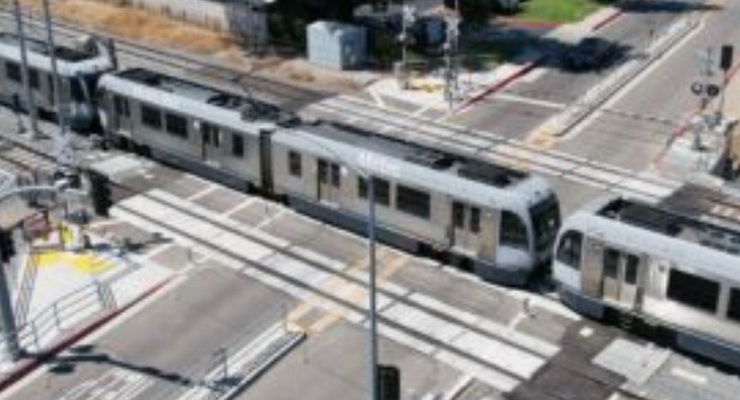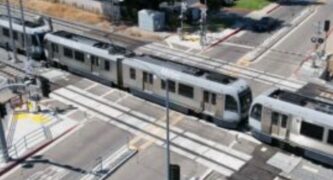
Metro A Line trains passing through downtown Pasadena can create up to 15 minutes of traffic congestion when two trains cross nearly simultaneously.
The city’s Transportation Department will explain this and present other traffic management challenges Tuesday to the Municipal Services Committee at 4 p.m.
Director Joaquin Siques said the department oversees more than 340 traffic signals that regulate vehicle, bicycle and pedestrian movement throughout the city.
The Central District encompasses Colorado Boulevard to Glenarm Street and Pasadena Avenue to Lake Avenue.
Rail crossings at Del Mar Boulevard, California Boulevard and Glenarm Boulevard experience the most severe delays. When two trains arrive back-to-back, crossing gates stay down for up to three minutes. East-west traffic queues can persist for 15 minutes.
The department also faces “long gate down” incidents when signals activate without approaching trains. These malfunctions can last 15 minutes but occur infrequently, the department said.
The city uses the Sydney Coordinated Adaptive Traffic System (SCATS) on 10 major corridors. SCATS adjusts signal timing based on real-time traffic demand.
Traditional coordination favors east-west traffic flow on Union Street, Colorado Boulevard, Green Street and Cordova Street.
Most signals operate on 80-second cycles during peak hours and switch to detection-based timing during off-peak periods and weekends.
Transportation staff monitors traffic through the Traffic Management Center using closed-circuit cameras and remote access systems.
The department prioritizes heavy traffic movements while acknowledging increased delays on minor streets.




















